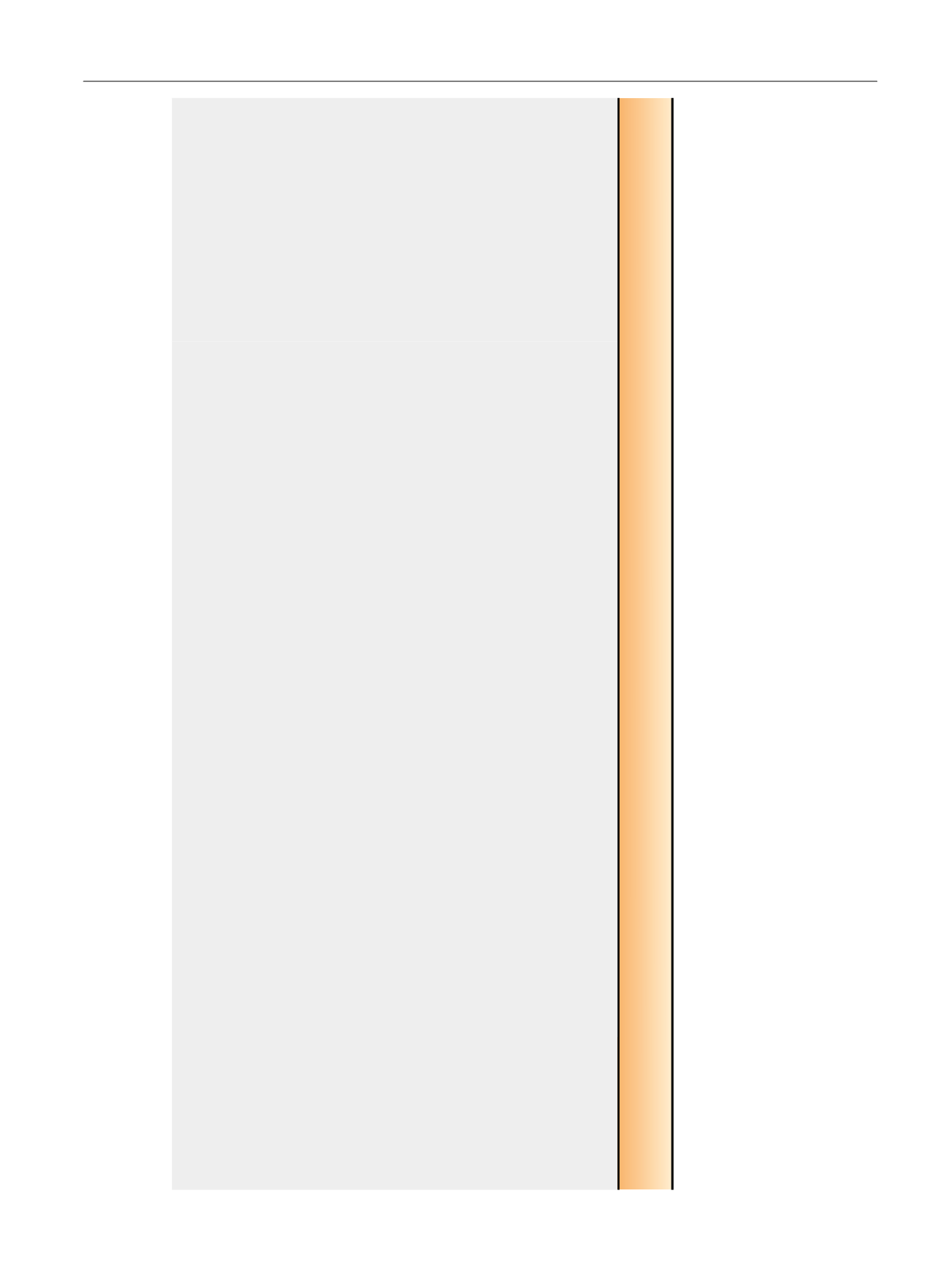

Zemple´nyi (2016)
[43]
NA
Cost modeling
(10-yr time line)
Data from systematic
reviews and interviews
with radiation oncologists
and physicists
High-dose IMRT and
hypofractionated
IMRT versus
3D-CRT
Costs modeled in
decision tree
analyses (Markov
model)
Direct and indirect
costs
Public payer
perspective
(Hungary)
Average age 70 yr
Mean high-dose IMRT cost:
s
6831
Mean 3D-CRT cost:
s
7160
Difference high-dose IMRT:
s
–329
ICER high-dose IMRT:
s
–1624/QALY
(no year for inflation adjustment)
Significant differences in the cost structure and
cost levels of hospitals in central and eastern
European countries are noted compared with
the USA and Canada.
In Hungary, every type of EBRT is categorized
into the same DRG and so has the same
reimbursement. As such, they applied a
microcosting method to calculate the real cost
of 3D-CRT and IMRT.
A series of one-way sensitivity analyses were
performed for key parameters; a probabilistic
sensitivity analysis was performed to assess
the uncertainty in the cost-effectiveness
analysis by varying model assumptions
simultaneously.
Limitation: The study was conducted under the
assumption that higher doses can only safely
be delivered with IMRT; thus, more favorable
tumor control with IMRT is not linked to the
therapeutic technique, but the escalated doses.
Risk of bias is high as treatment costs were
determined based on the data from one
institution and uncertainty surrounds the
assumptions about treatment effectiveness.
[6_TD$DIFF]
EBRT = External Beam Radiotherapy; GI = gastrointestinal; ICER = incremental cost effectiveness ratio; IMRT = intensity-modulated radiotherapy; QALY = quality-adjusted life year; QOL = quality of life;
GI = gastrointestinal; DRG = diagnosis-related group; 3D-CRT = three-dimensional conformal radiotherapy; NA = not applicable; SEER = Surveillance, Epidemiology, and End Results.
Note
: For any cost data, the year to which inflation adjustment was made is indicated in parenthesis. IMRT studies are sorted by perspective taken and listed in chronological order based on the years included in the study.
E U R O P E A N U R O L O G Y 7 2 ( 2 0 1 7 ) 7 1 2 – 7 3 5
729
















